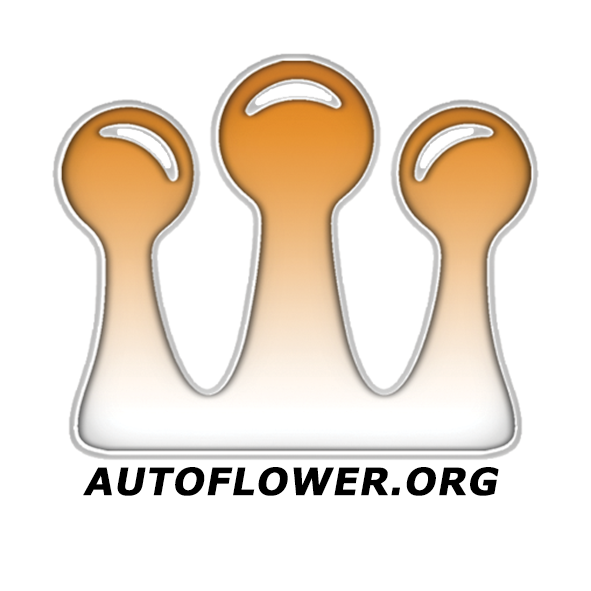Hey Folks, newbie here. Recently bought a kit through a local retailer (Richmond, VA) made by Highdrogro. Comes with an LED set up with two different types of bulbs, Full Spectrum, and Wide Red Band. Been trying to do some research on when to use either or both at the same time and I've got some conflicting info. As far as I can tell, the research shows to use the full spectrum LEDs during the sprouting and vegetative states, then the red band during the flowering stage. Also seeing that there may be some benefit of using the red band lights at the end of the daily light cycle for 10 or 15 minutes.
Figured I'd come here and ask the hive mind of veteran auto growers if they have any opinions here.
Do you have a product name or a link? Wide band red sounds to me like 660-800ish nm that will affect stretch and flower production. You would ideally want to use the full spectrum as blue affects rooting, leaf growth, etc
Log in to your My Grobo App and explore. Get access to a library containing dozens of plant recipes, control your Grobo Grow Box from any device anywhere, and track your Grobo purchase from production to delivery.

www.google.com
THE EFFECTS OF EACH COLOR OF LIGHT
In the following paragraphs, we will explain what each light color does, and the effects that adding or removing them will have. But first, here is a quick summary, with extended information following:
Ultraviolet - No exposure produces better growth
Violet - Enhances the color, taste, and aroma of plants
Blue - Increases the growth rate of plants
Green - Enhances chlorophyll production and is used as a pigment for proper plant viewing
Yellow - Plants exhibit less growth compared to blue and red light
Red - When combined with blue light it yields more leaves and crops, depending on what is being grown
Far Red - Speeds up the Phytochrome conversion which reduces the time a plant takes to go into a night-time state. This allows the plant to produce a greater yield
The reason why items are the color that they are is because some objects will absorb the wavelengths, and others will be reflected. For example, a leaf is green because it absorbs all visible light wavelengths except for green- green is reflected.
Black and white are not considered colors because black absorbs all visible light wavelengths, while white reflects them all. This is why black objects get hot in the sun faster than white items.

